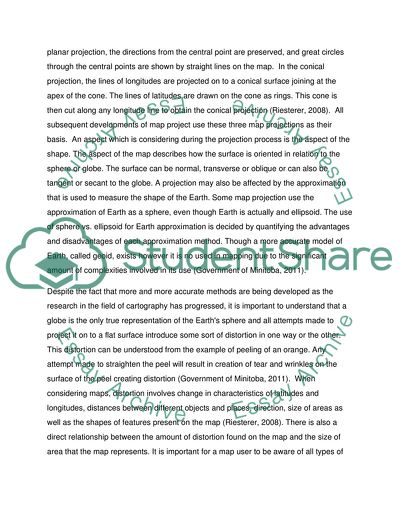Cite this document
(Three Named Map Projections Essay Example | Topics and Well Written Essays - 2000 words, n.d.)
Three Named Map Projections Essay Example | Topics and Well Written Essays - 2000 words. Retrieved from https://studentshare.org/design-technology/1749192-digital-mapping-essay
Three Named Map Projections Essay Example | Topics and Well Written Essays - 2000 words. Retrieved from https://studentshare.org/design-technology/1749192-digital-mapping-essay
(Three Named Map Projections Essay Example | Topics and Well Written Essays - 2000 Words)
Three Named Map Projections Essay Example | Topics and Well Written Essays - 2000 Words. https://studentshare.org/design-technology/1749192-digital-mapping-essay.
Three Named Map Projections Essay Example | Topics and Well Written Essays - 2000 Words. https://studentshare.org/design-technology/1749192-digital-mapping-essay.
“Three Named Map Projections Essay Example | Topics and Well Written Essays - 2000 Words”. https://studentshare.org/design-technology/1749192-digital-mapping-essay.


